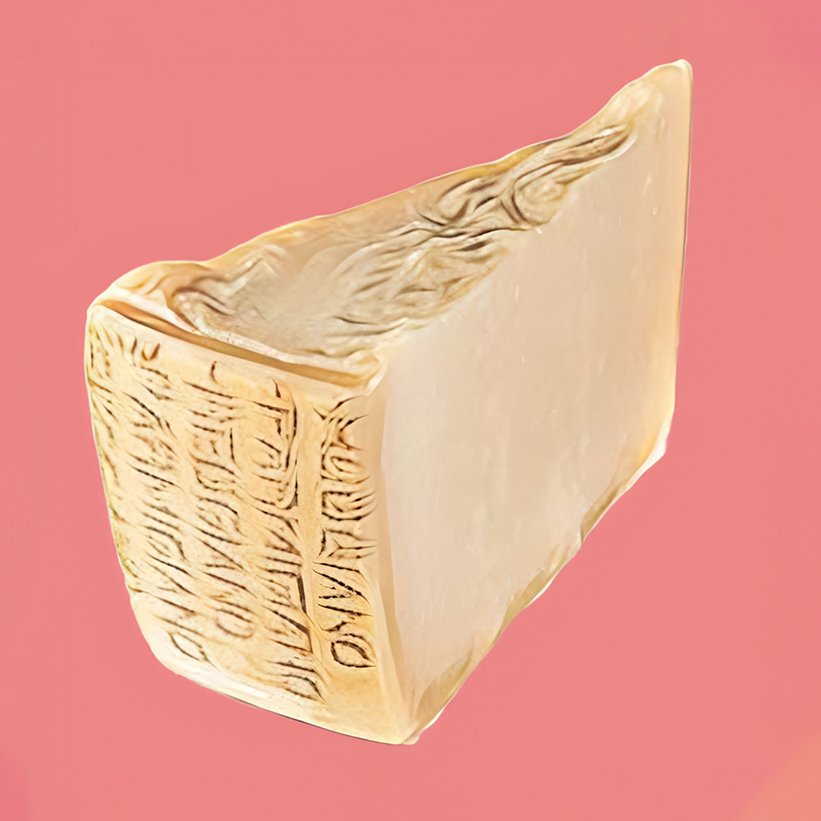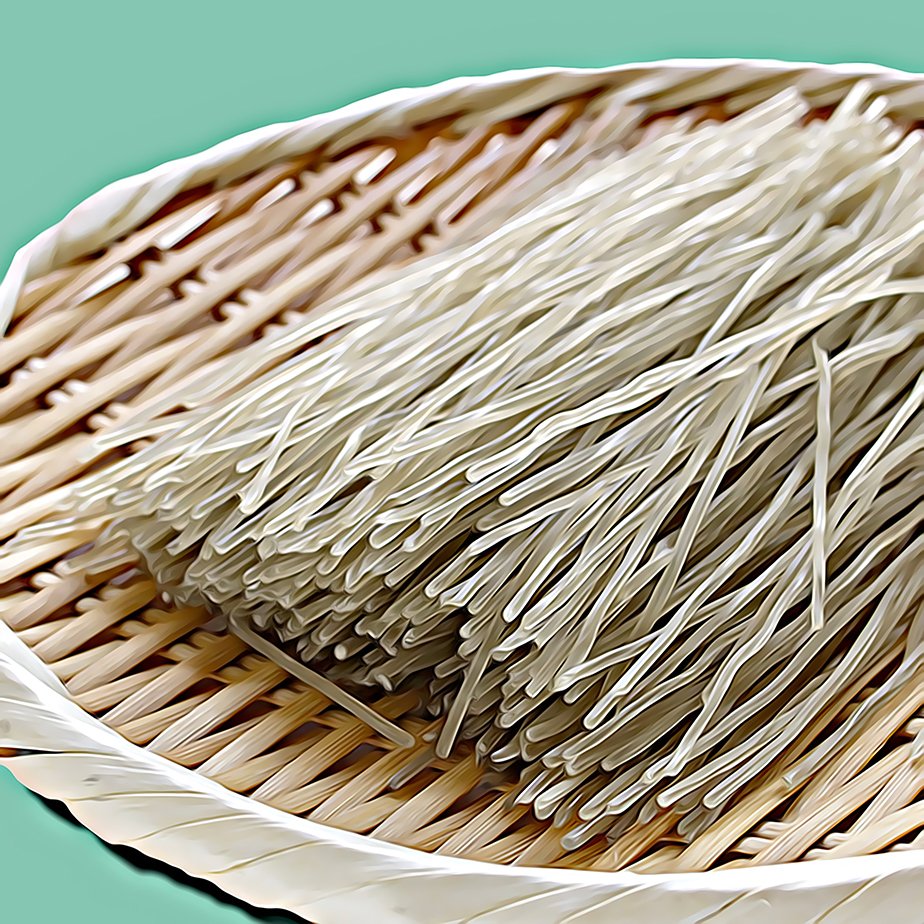Parmigiano-Reggiano
This isn’t so much a pantry dive as a fridge rummage and yes, it’s time to chat cheese. Specifically parmesan. Dunno ‘bout you but it’s a staple at Chez LSC and no offence to our vaunted cheese producers, but nothing comes close to genuine Parmigiano Reggiano from northern Italy. While affording to use it every day might be a financial stretch, it’s worth splashing out every now and then to grate some over your best pasta dish, risotto, salad or crusty vegetable bake, for the right delicious finish. Genuine parmesan has complex flavours and when aged, it takes on an amazing granular texture from salt crystals that form throughout. Mmmm. Tasting a bit sharp, a touch fruity, a smidge nutty, a tad earthy, a little tangy and overall, deeply, deeply savoury, once you get your hands on real-deal Parmigiano Reggiano, there’s simply no going back. You’re ruined for the rest of your cheese-eating life and look. We’re sorry about that. (Not really).
Retailing in Aotearoa New Zealand for around $60-$80 a kilo – or more – what makes Parmigiano Reggiano so spendy? With a lineage dating back to the Middle Ages, ‘proper’ parmesan is only produced in Italy’s Emilia Romagna region, specifically in the provinces of Parma, Reggio Emilia, Modena, Bologna, and Mantua. The manufacture is governed by the Parmigiano Reggiano Consortium, which requires all cheeses be made by hand using unpasteurised milk from hay and grass-fed cows. The milk must be delivered to the dairies within 2 hours of milking and the temperature isn’t allowed to fall below 18˚C. This is important for the bacteria that ripen the cheese – only natural fermentation is used. Cheeses are formed in drum-shaped moulds and must be aged for a minimum of 12 months, with the production demanding human attention every day along the way; some cheeses are aged up to 36 months or longer. A 40kg wheel, with the characteristic ‘Parmigiano Reggiano’ stamp on the rind, requires around 550 litres of milk. Which, for stats geeks, represents about 18% of all Italian milk production and accounts for an average of 300,000 wheels of Parmigiano Reggiano a month.
Then there’s Grana Padano. It’s similar to Reggiano, dating back almost 1,000 years and still made using the same methods invented by Cistercian monks. Both are technically ‘grana’ cheeses. Grana means ‘grain’, which refers to a step in the making process where the curd is cut into tiny rice-like pieces to release maximum liquid for a hard, dry finished product. Grana Padano manufacture isn’t as localised as Reggiano’s; it’s produced across 33 provinces in Lombardy, Veneto, Piedmont, Emilia-Romagna and Trentino Alto Adige. Silage is allowed in the cow’s feed and where Reggiano has no additives, Grana Padano uses lysozyme, a protein from egg white used to control unwanted fermentation. Grana Padano is made using partially skimmed raw cow’s milk which doesn’t have to arrive at the cheese-maker’s until 24 hours after milking. It matures more quickly that Parmigiano Reggiano and is made to three stages of maturity; 9-16 months when it has a delicate flavour, softer texture and is pale yellow colour; 16-20 months when it is crumblier and has creamier flavours; and over 20 months when it has a richer buttery flavour and develops crystals.
Parmigiano Reggiano is more likely to be reserved for grating over finished dishes in Italy, with younger Grana Padano used in cooking – aged Grana Padana is excellent for enjoying as a snack or antipasto cheese in its own right, like Parmigiano Reggiano.






